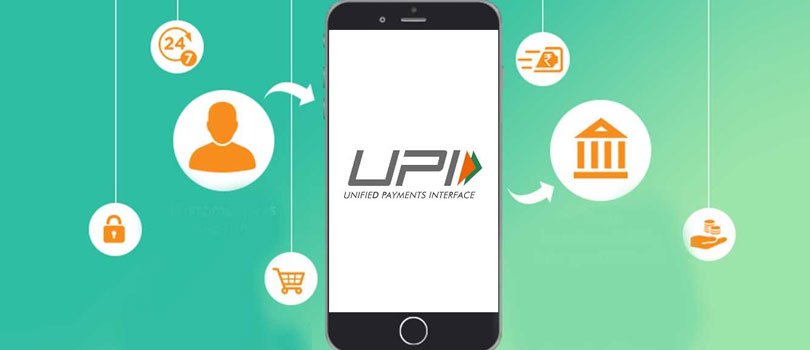In 2020, India surpassed China to become the leading country in terms of Real Time Digital Payments.
With over 25 Billion online payments, India has set the precedent on how a vibrant and open ecosystem can set the stage for the private sector to drive innovation with the help of government.
In the words of Jeremy Wilmot, CPO, ACI Worldwide,
For all payment players around the world, India remains the benchmark for what’s possible when it comes to adoption. India has illustrated the way innovation snowballs when the market forces of demand and competition are unleashed onto a robust real-time infrastructure.
To understand India’s position in Payments Infrastructure around the world, we have to go back to the time when electronic payments were just started in India.
It was 1990s, and the internet penetration in India was less than 1%. It was now, when RBI launched Electronic Fund Transfer (EFT).
EFT was gradually phased out and was replaced by NEFT in 2005, which became the first mass-adopted source of electronic Payments.
Even though NEFT was a big milestone in terms of e-payments, it was still not ‘real-time’ in true sense. Under NEFT, payments were settled in hourly batches. So it could take you anywhere from few minutes to an hour to process the payments.
The real breakthrough in real-time Payments came in the form of IMPS, which was launched in 2010. Under this, Person to Person (P2P) payments became instant and it saw the massive changes in Digital Payments landscape in the country.
Real-time payments have gained significant traction since 2014, spurred on by the government’s payments modernization initiatives to provide financial inclusion to the unbanked and empower digital payments transformation by moving to a less cash reliant economy.
Modi Government launched ‘Digital India’ Campaign in 2015, with a mission to ‘transform India into a digitally empowered society and knowledge economy’.
Under this, the government issued unique biometric identification numbers in the form of AADHAR to 99% of adults, enabling the opening of no-minimum-balance bank accounts.
As a result, within two years, 80% of Indian adults reported having a bank account, up from just 53% in 2014.
Digital banking was picking up it’s pace and then came the big moment:
In 2016, the government demonetized 86% of the cash in circulation, compelling the shift to electronic payments and motivating citizens to open bank accounts.
According to govt, the move was aimed at catalysing the nation’s digital payments, along with curbing corruption and black money in the country.
Govt during this time also released several awareness campaigns to encourage people to move towards digital payments. These campaigns were released in several languages to cover as many people as possible.
This surge gained momentum with the release of UPI in 2016, which was built on top of the IMPS infrastructure.
UPI allowed integration of multiple bank accounts into a single mobile app, allowing for 24/7/365 money transfer via mobile. Supported by over 190 banks, UPI has become a lifeline for Indians to transact online.
UPI transaction volumes surpassed those of IMPS and in 2020, UPI processed almost eight times the number of IMPS transactions.
Decisions like abolishing of merchant discount rate (MDR) in December 2019 and bringing the transaction fee to zero has also helped in boosting UPI adoption among general public.
This revolution will certainly help India in becoming a strong economy by enhancing transparency in the economy and tax procuring.

